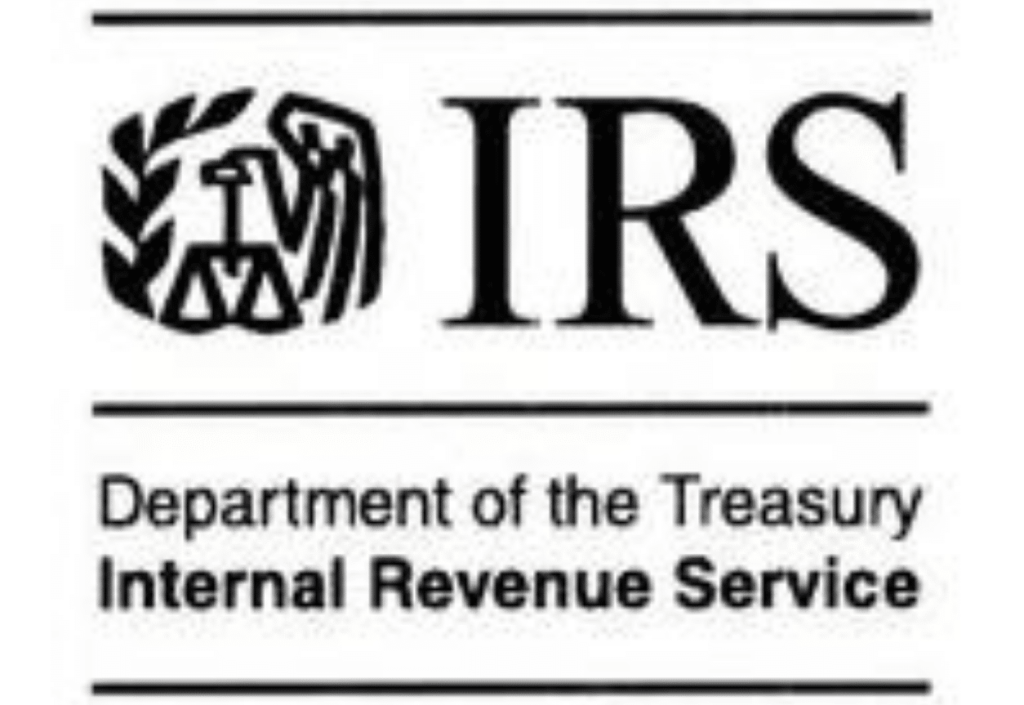
UBIT Blocker Corporations: Safeguarding Tax-exempt Status
A “UBIT blocker” is a for-profit corporation that is wholly owned by a tax-exempt organization, but whose activities are not attributable to its tax-exempt parent.

A “UBIT blocker” is a for-profit corporation that is wholly owned by a tax-exempt organization, but whose activities are not attributable to its tax-exempt parent.
he Tax Cuts and Jobs Act (HR 1 ) is on its way to the White House for President Trump’s expected signature before the weekend. The bill is set to bring about widespread changes to the US tax code for both businesses and individual Americans. However, it also impacts tax-exempt organizations.

In its 2012 workplan, the IRS announced it will be paying closer attention to self-declared 501(c)(4), (c)(5) and (c)(6) organizations. These groups include social welfare organizations; labor, agricultural and horticultural groups; as well as business leagues and chambers of commerce. Such organizations consider themselves to be tax-exempt because of the nature of their activities, but they have not filed for nor received a formal determination letter from the IRS. These groups are allowed to operate without an official IRS determination because, unlike the 27 month filing deadline for 501(c)(3) charities, they are not subject to a deadline for filing an application for exemption.

Each year, the IRS publishes a report detailing what its focus will be regarding nonprofit organizations and compliance during the year to come. The following are some of the highlights from the 2012 Exempt Organizations Work Plan.

Even if you end up having to pay some tax on it, having more income is always a good thing. The primary challenge for tax-exempt organizations is ensuring its unrelated business income is maintained within a relatively safe range of its overall exempt activity. It is acceptable for a tax-exempt organization to operate an unrelated business so long as operating the unrelated business is not its primary purpose. Unfortunately, there is no crisp test for determining when this threshold has been crossed. In determining whether the unrelated business has morphed into the organization’s primary purpose, all of the circumstances must be considered including the size and extent of the organization’s exempt purpose activities.

Tax-exempt Organizations engaging in social enterprise or other active business pursuits often worry that a growing stream of unrelated business income could threaten their tax-exempt status. This concern is related to the prohibition against tax-exempt organizations engaging in more than an insubstantial amount of activity unrelated to their tax-exempt purpose. Unfortunately the term insubstantial is undefined. Based on court cases, it appears that gross unrelated business income receipts of 5 percent or less is always safe while over 20% is probably too much.
When unrelated business endeavors take off, the success of the business can threaten a 501(c)(3) organization’s tax-exempt status. To protect their tax-exempt status, many tax-exempt organizations with successful unrelated business ventures move their unrelated business activities into a taxable for-profit subsidiary.
Most states require you to register your organization if you solicit donations from their residents. Many states also require registration if your organization collects substantial or ongoing donations from their residents, even if you aren’t specifically targeting donors in that state. Download our comprehensive list of each state’s requirements.
Download our free guide to learn about the many elements needed to run a successful nonprofit organization, as well as how to avoid common pitfalls and mistakes.